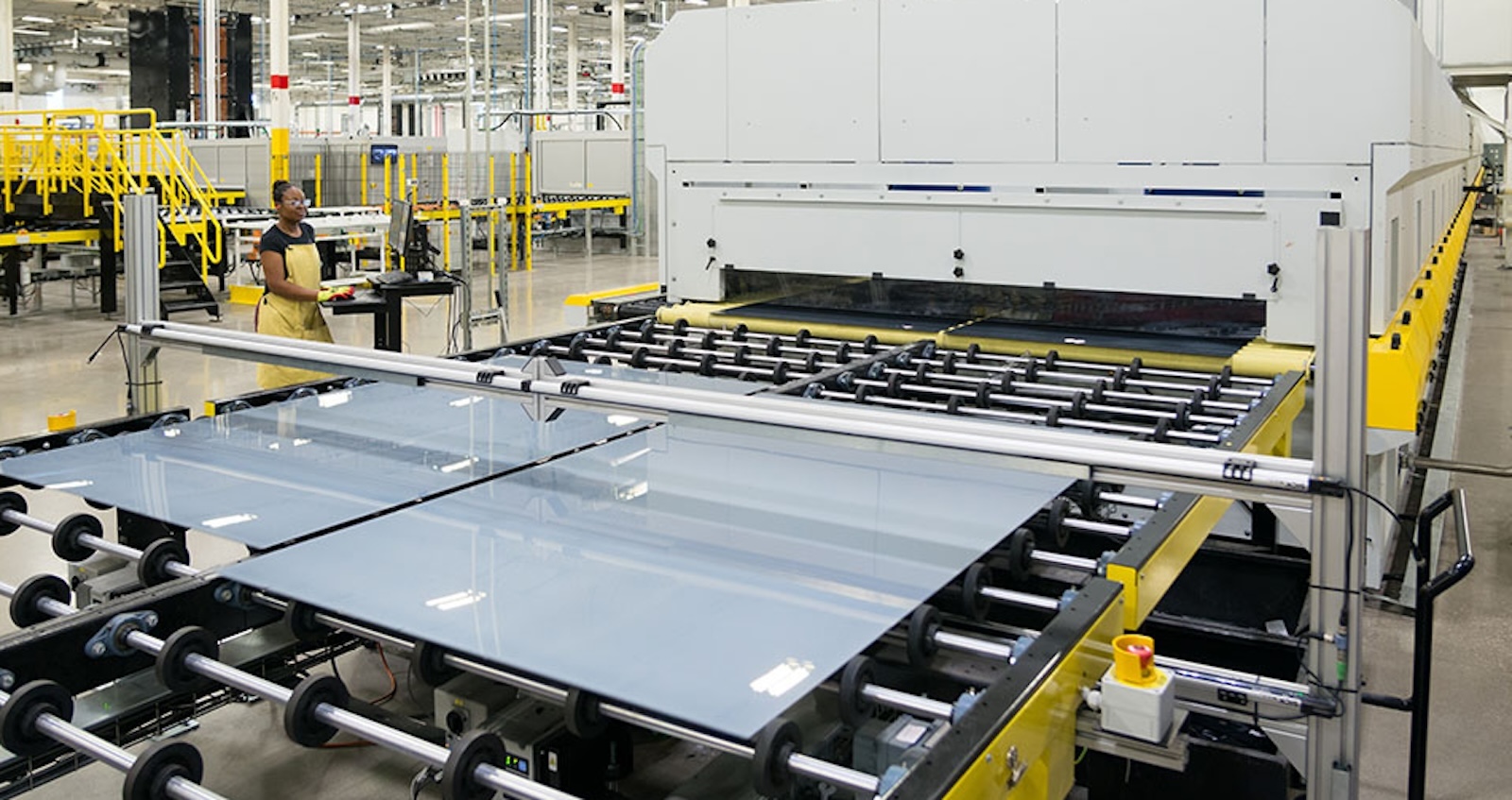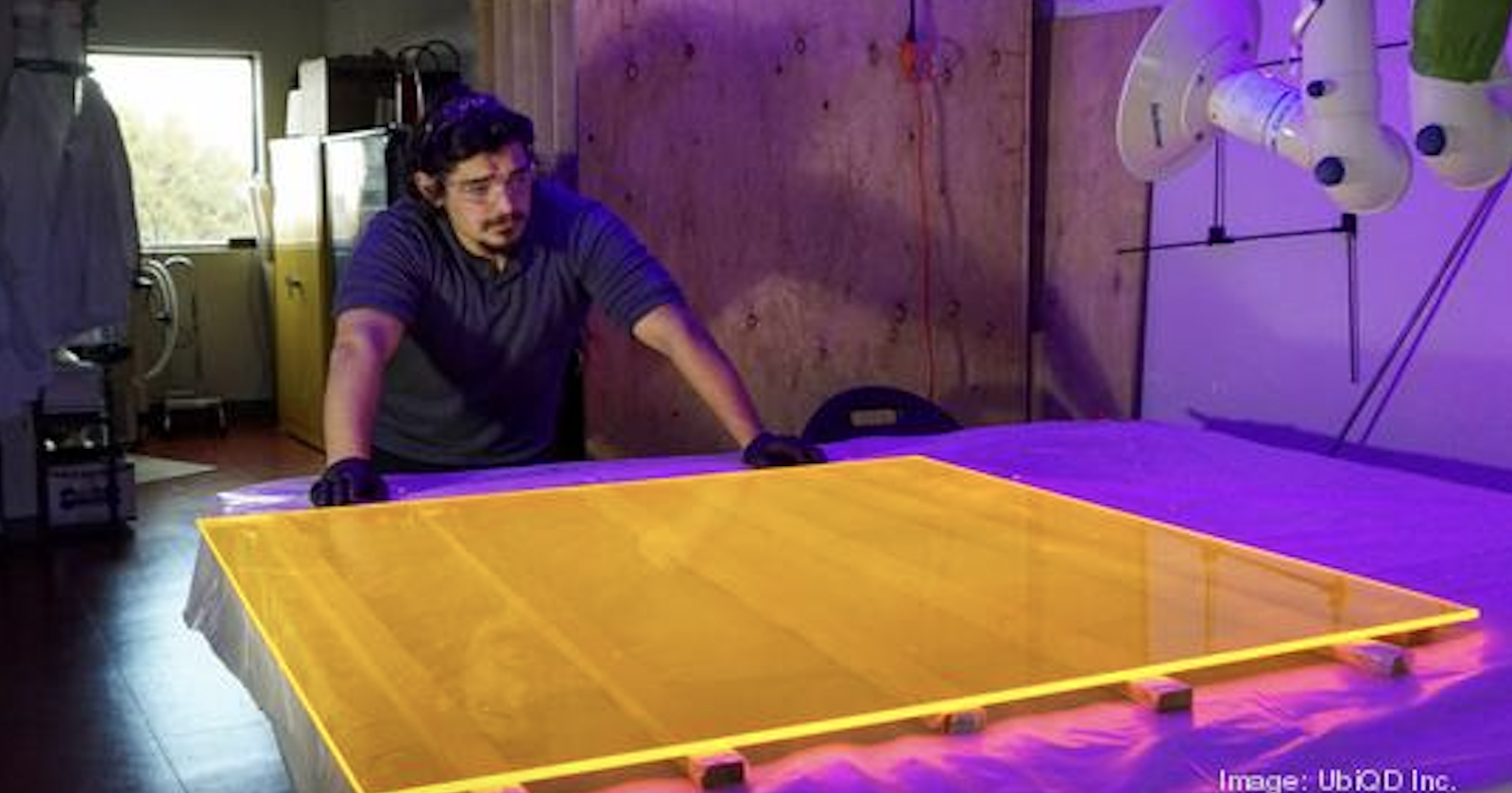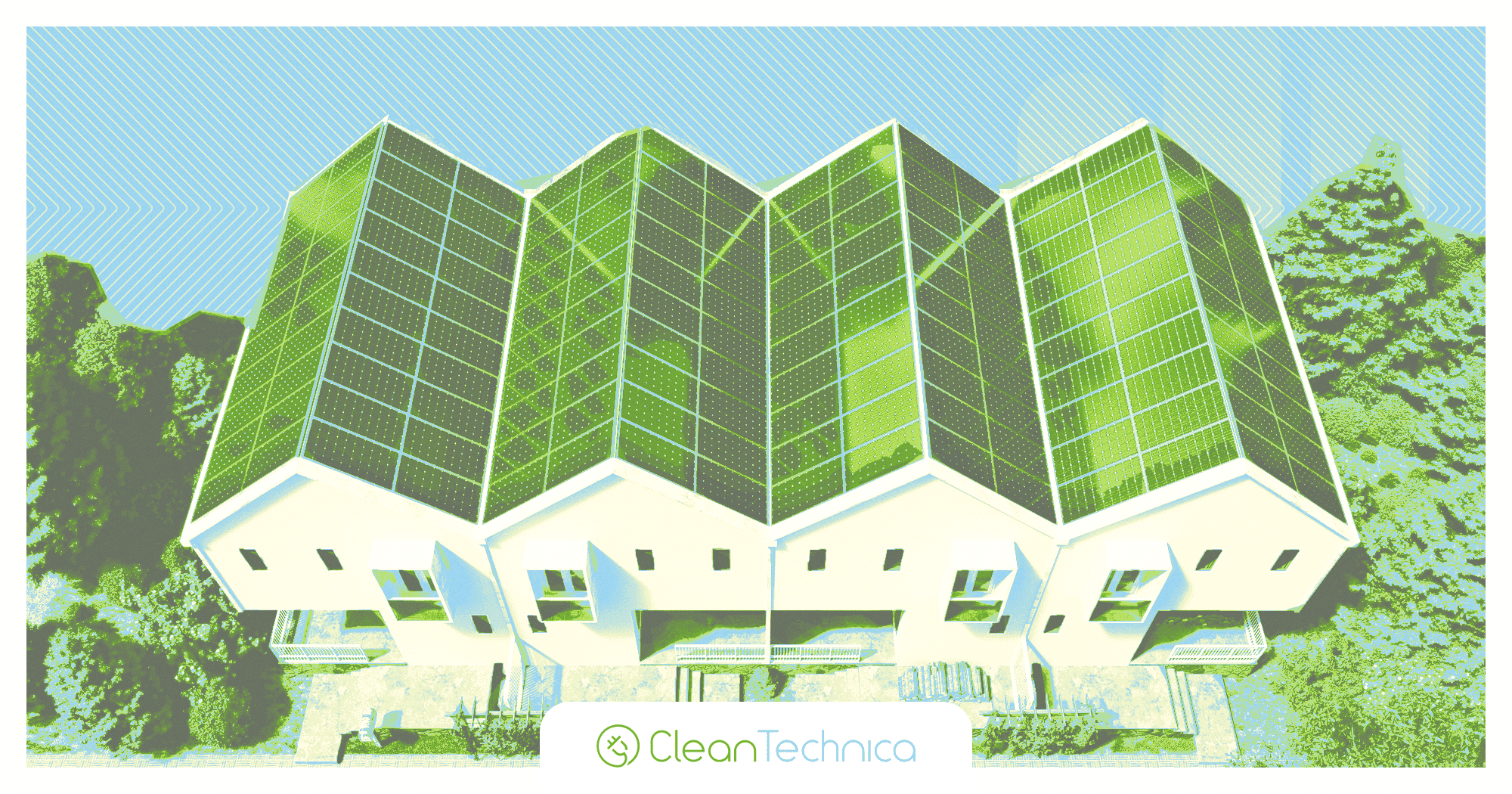Scientists build 23.2%-efficient lead tin perovskite solar cell with improved lifetime
The researchers built the cell with a hole transport layer (HTL) based on PEDOT:PSS and were reportedly able to reduce the losses caused by this compound with the utilization of a thiocyanate additive. The champion lab-sized device achieved an open circuit voltage of 0.875 V, a short circuit current density of 31.84 mA cm−2, and a fill factor of 83.23%.

The researchers built the cell with a hole transport layer (HTL) based on PEDOT:PSS and were reportedly able to reduce the losses caused by this compound with the utilization of a thiocyanate additive. The champion lab-sized device achieved an open circuit voltage of 0.875 V, a short circuit current density of 31.84 mA cm−2, and a fill factor of 83.23%.
An international research team led by the University of Surrey with Imperial College London has identified a strategy to improve both the performance and stability of lead-tin perovskite solar cells, achieving a champion device with 23.2% power conversion efficiency, which it says is one of “the best results” achieved with this material and “importantly, a design strategy which improves the lifetime of these devices by 66%.”
The researchers built the cell with a hole transport layer (HTL) based on PEDOT:PSS, a polymer known for its low cost and easy preparation properties and said this material is widely used for lead-tin mixed narrow bandgap perovskites used in all perovskite tandem solar cells and also multijunction solar cells.
“This particular sub-cell is anticipated to replace the role of silicon in current perovskite-based tandem and multijunction cells,” co-corresponding author Imalka Jayawardena told pv magazine.
The team investigated performance loss and lower stability mechanisms of PEDOT:PSS-based perovskite optoelectronics. They noted that amine-containing organic cations de-dope PEDOT:PSS. It can be “partially recovered with thiocyanate additives,” but improvement comes at the expense of device stability due to cyanogen formation from thiocyanate-iodine interaction, which the team noted is accelerated in the presence of moisture.
What's Your Reaction?






























































